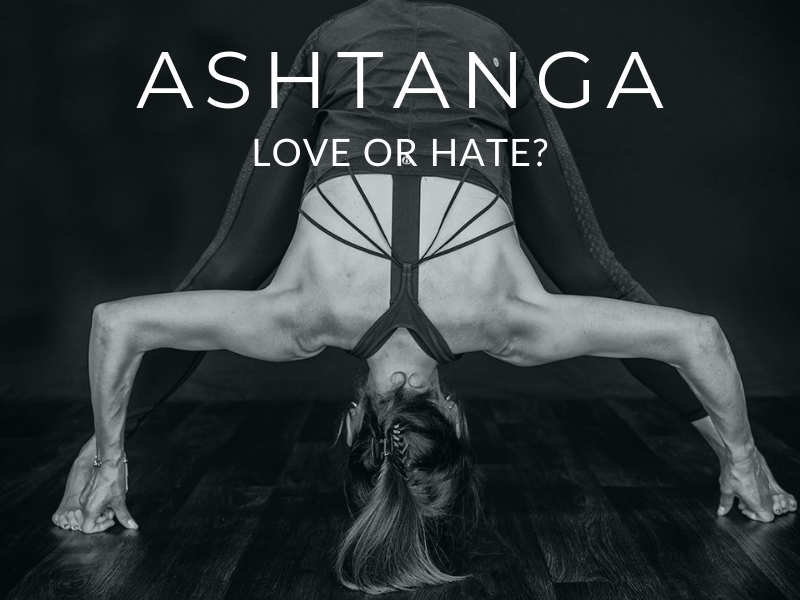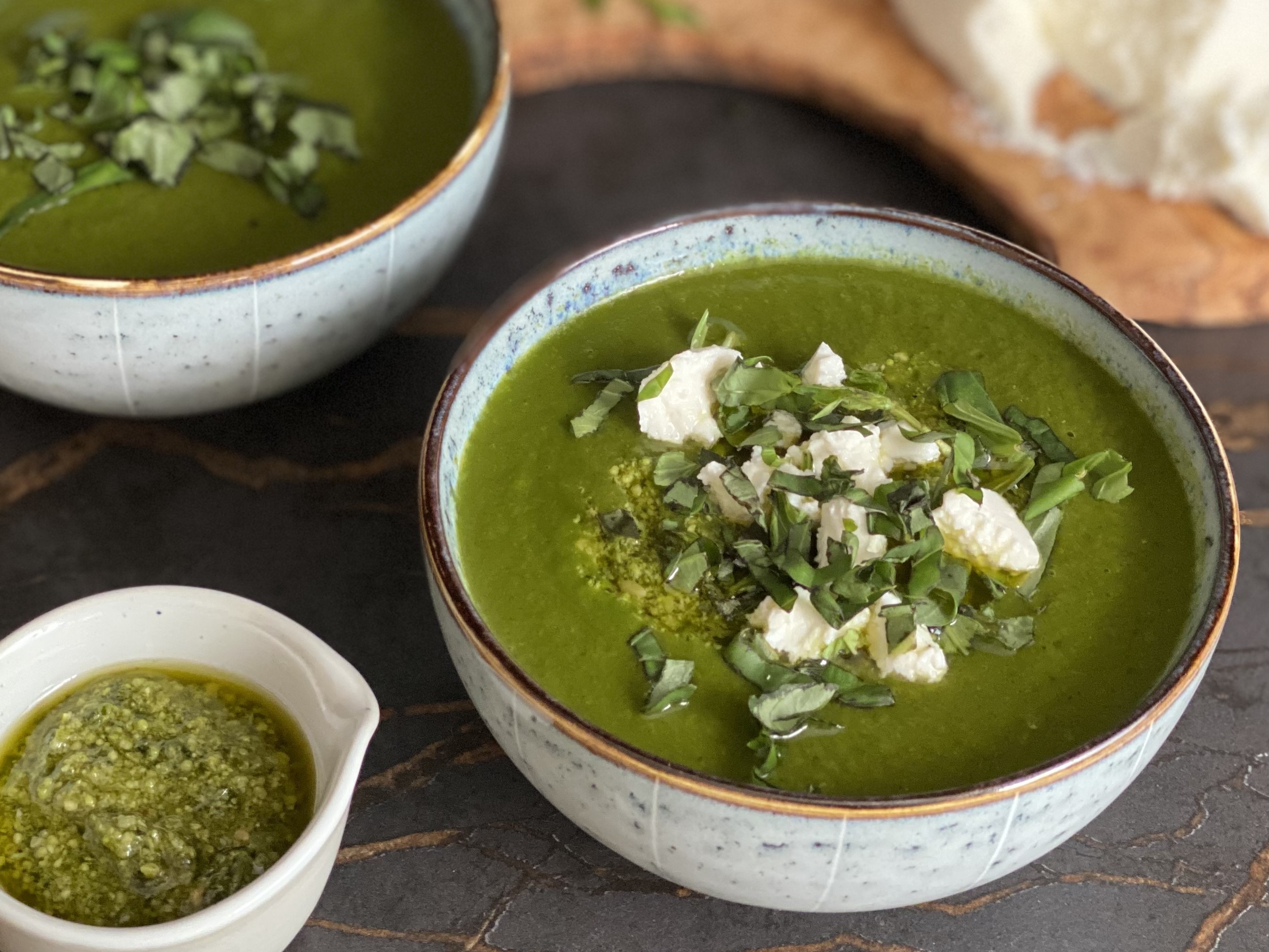I’ve heard many yogis say they have a love/hate relationship with Ashtanga. I can truly relate!
Ashtanga has been my go-to practice for many years; I’ve loved the discipline, the rigour, the challenges, and the logical sequencing that systematically opens our body. I’ve been inspired to learn Sanskrit pose names, and mantras. I’ve also taken time to understand the entire system; the poses, the breath, the Drishti and the codes of conduct – Yamas and Niyamas.
Sometimes though, I feel it is all too much. There’s a little “rebel yell” kicks off and before I know it, I’ve gone for months doing my own thing; creative flows, peak-pose sequencing, mashing up first & second series poses and reinventing Sun Salutations (shock horror!) At these times, I feel I have fallen out of love with Ashtanga. I’d rather flirt with Pincha Mayurasana or just have more fun because, let’s face it, Ashtanga is a bit “straight-laced”!
But I guess most relationships go like this; there are ups and downs, falling in and out of love, good times when we’re filled with an enthusiastic “hell-yeah” and testing times, when we hear ourselves say, “I’m done with this”!
“You can’t cherry-pick” – Kino Macgregor said in a firm tone at my first ever Ashtanga workshop. Her words have stayed with me and I’m always grateful to her for making it clear, from the very beginning, that we must embrace it all. And for sure, it is less about going out in search of challenge (as with climbing and mountaineering) but being given the same challenges, day after day, and meeting them with equanimity.
The process of meeting challenges “head-on” does change us – we are moved out of our comfort zone, required to put in more effort, manage discomfort and fear, perhaps, as we bring laser-focus to the task. And, of course, the higher the stakes of failure the more effort we’ll put in to succeed.
In the beginning I did not think the stakes were very high at all – for sure deep backbends can feel scary and some inversions too but I’d tell myself you can’t fall far – just to the mat! But this practice “cracks us open” in a different way; is it simply the discomfort, the frustration or the sweaty defeats that bring tears – mysteriously – after practice? Or is it true, that emotions get locked within our body – stored like physical samskaras – and we can move them back to the surface as we twist, breathe and focus our mind on each movement?
I really can’t say what has made this practice so beguiling to me but as time goes on resistance has lessened and the process of simply showing up has become an attractive enough reward. So, I just do it, although these days I do it my way!
Interested to find out more about Ashtanga and how to create a practice of your own? Join my on Tuesday 19th April at my next monthly Immersive







